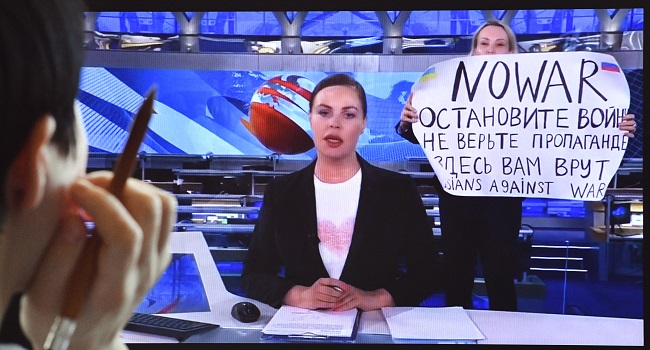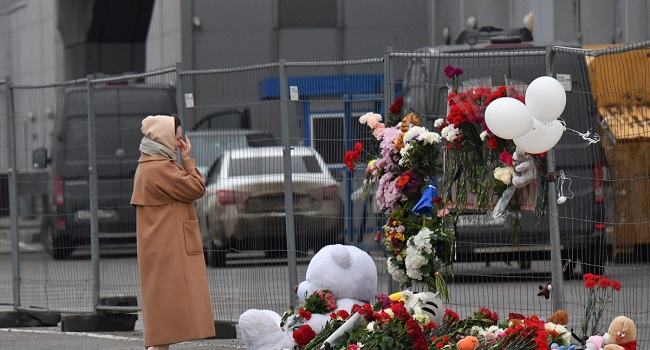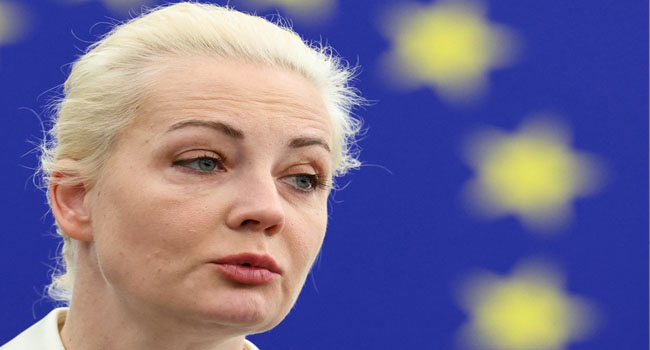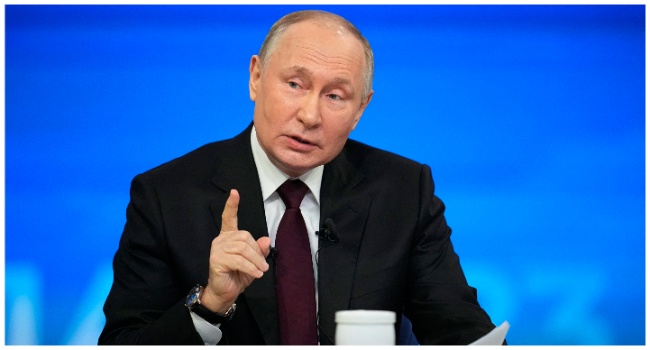
Russia invaded Ukraine in the early hours of February 24, setting off the worst conflict in Europe in decades.
As the fighting enters its 21st day we look back on the conflict that jolted the post-Cold War world order.
– Russia invades –
Russian President Vladimir Putin announces a “special military operation” to “demilitarise”and “de-nazify” the former Soviet state and support Moscow-backed separatists in the east. He warns the international community against intervening.
A full-scale invasion starts with air and missile strikes on several cities.
– Ukraine resists –
Ukrainian forces put up stronger-than-expected resistance, frustrating Russian plans for a lightning takeover.
President Volodymyr Zelensky gains instant hero status in Ukraine and abroad by vowing to stay put in Kyiv and lead the resistance.
– Massive sanctions –
The West weighs in with unprecedented sanctions against Russia and military aid for Ukraine.
Air spaces are closed to Russian aircraft and Russia is kicked out of one sporting and cultural event after another, including the World Cup. Major companies start to shut up shop in Russia.
– Nuclear threat –
With his troops quickly getting bogged down, Putin puts Russia’s nuclear forces on high alert on February 27, citing “aggressive” statements by NATO members and the financial sanctions.
The dramatic move, which draws comparisons with the 1962 Cuban Missile Crisis, is seen as a warning to NATO not to intervene.
– First talks –
During the first talks between Kyiv and Moscow on February 28, Russia sets out its demands, including the recognition of Russian sovereignty over Crimea, the “demilitarisation” and “de-nazification” of the Ukrainian state and the guarantee of its neutrality.
As the talks are ongoing Russian rockets pound civilian areas of Ukraine’s second city Kharkiv. Zelensky makes an impassioned appeal for “immediate” EU membership.
– Gains in the south –
The shelling seen in Kharkiv spreads elsewhere. On March 1, satellite images show a massive Russian column bearing down on Kyiv. But it makes slow progress.
Russian troops have far more success in the south, where they lay siege to the strategic port of Mariupol, putting Moscow closer to linking up territory held by pro-Russian rebels with the peninsula of Crimea, which it seized from Ukraine and annexed in 2014.
The southern city of Kherson falls and on March 4, Russian troops take over Europe’s biggest nuclear power station at Zaporizhzhia.
NATO chief Jens Stoltenberg rejects Kyiv’s call for a no-fly zone over Ukraine, saying it would lead to a wider war in Europe.
– Media gagged –
On March 4, Russia enacts a new law punishing “fake news” about what it calls its “special military operation” in Ukraine with jail terms of up to 15 years.
Many international media organisations suspend their coverage from Russia, where more than 13,500 anti-war protesters are arrested.
– Civilians evacuated –
The first of several attempts to evacuate residents freezing and hungry in the besieged southern port of Mariupol falls apart in a flurry of mutual finger-pointing by Moscow and Kyiv.
Ukraine and the UN reject Moscow’s offer to create humanitarian corridors to Russia or its ally Belarus.
After days of stop-start progress, evacuations finally gather pace, with tens of thousands civilians escaping the northeastern city of Sumy and suburbs of Kyiv on March 8.
– Oil embargo –
In a bid to starve Moscow of funds for the war US President Joe Biden announces a ban on US imports of Russian oil and gas. The EU says it will cut its imports of Russian gas by two-thirds and Britain says it will phase out its Russian oil imports.
An attack on a maternity hospital in Mariupol, which wounded 17 people, including a heavily pregnant woman, causes international outrage. Moscow says the attack was staged.
– Western Ukraine hit –
The war inches closer to the border with Poland, a NATO member, when 35 people are killed and more than 130 injured in air strikes on a military training ground outside the city of Lviv.
Mariupol finally gets some relief, with more than 160 cars driving out of the city in a convoy on March 14.
– Positive signs from talks –
In a sign of cracks in domestic support for the war, a Russian journalist interrupts the country’s most-watched evening news broadcast to hold up a sign reading “No War”.
As central Kyiv comes under fire and the two sides engage in a fifth round of talks, both Russia and Ukraine begin to sound more positive about the chances of a peace deal.




